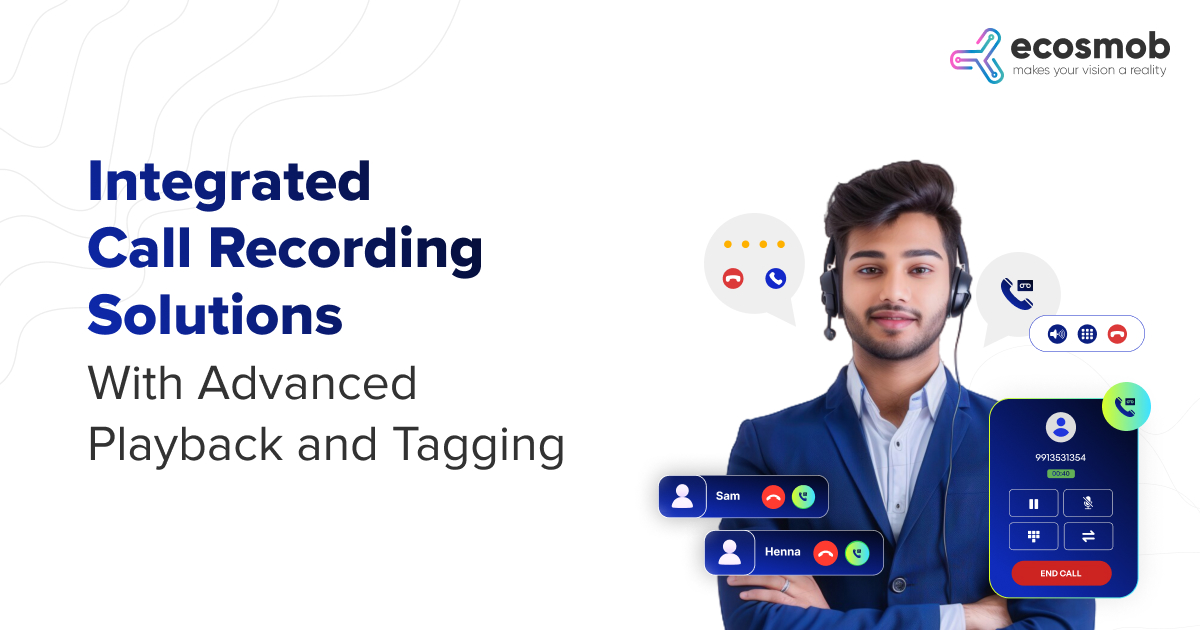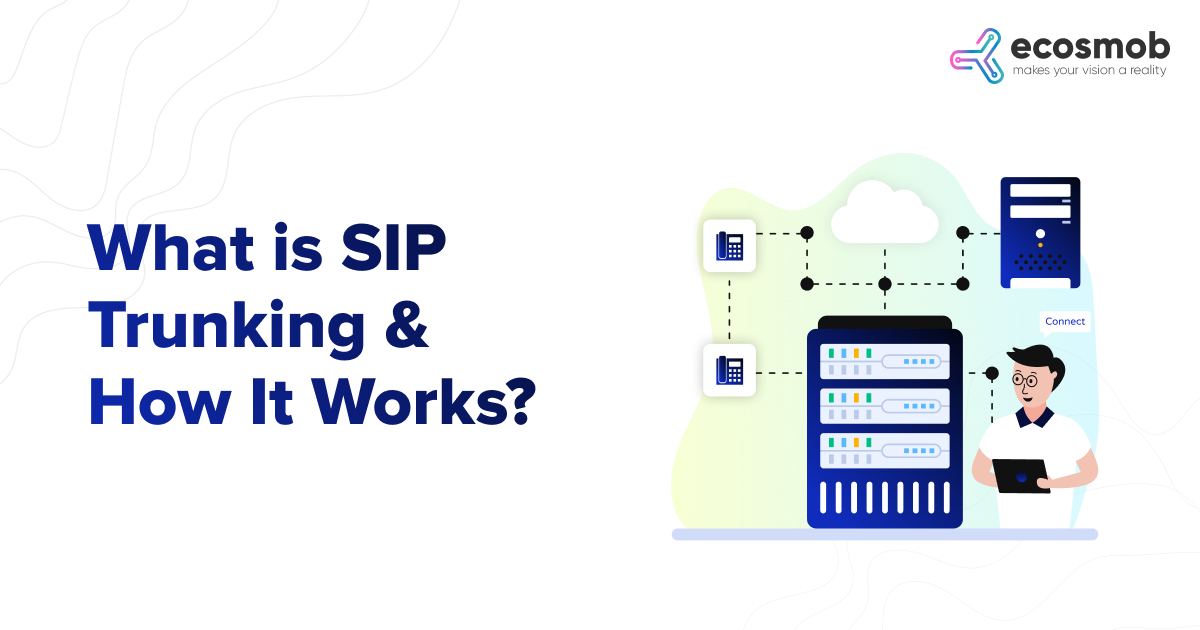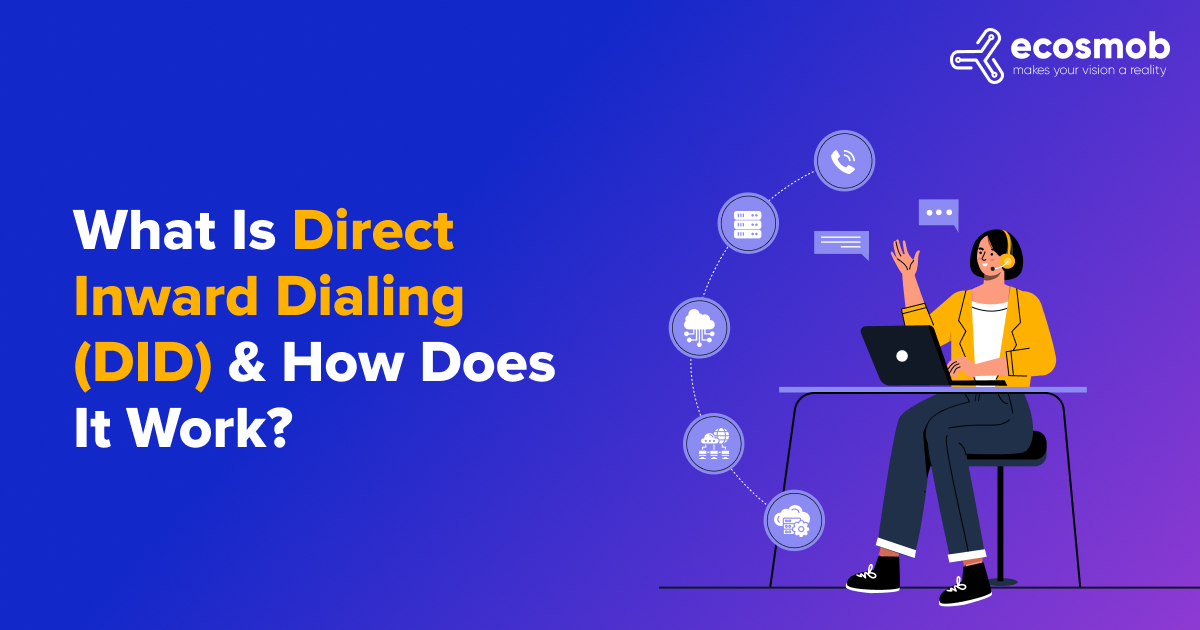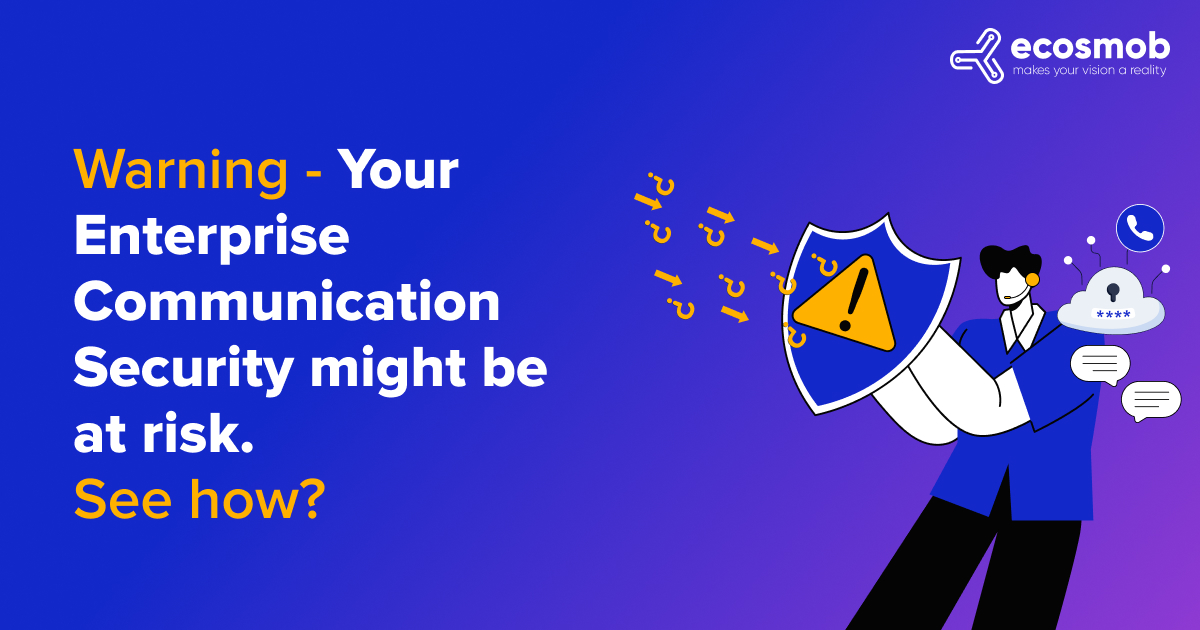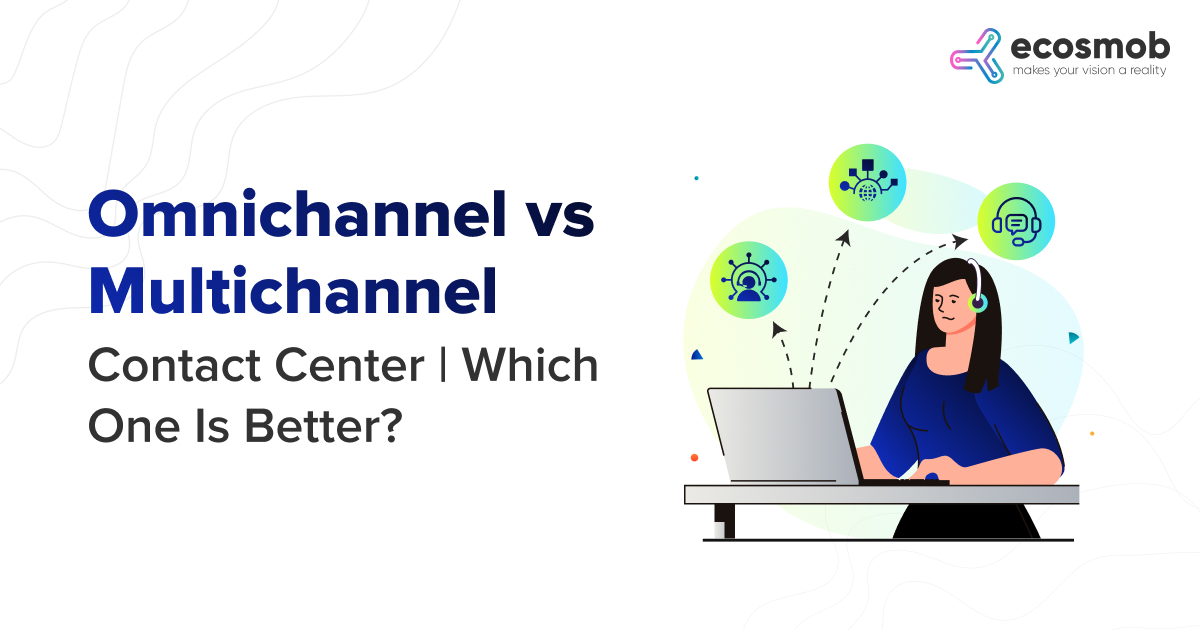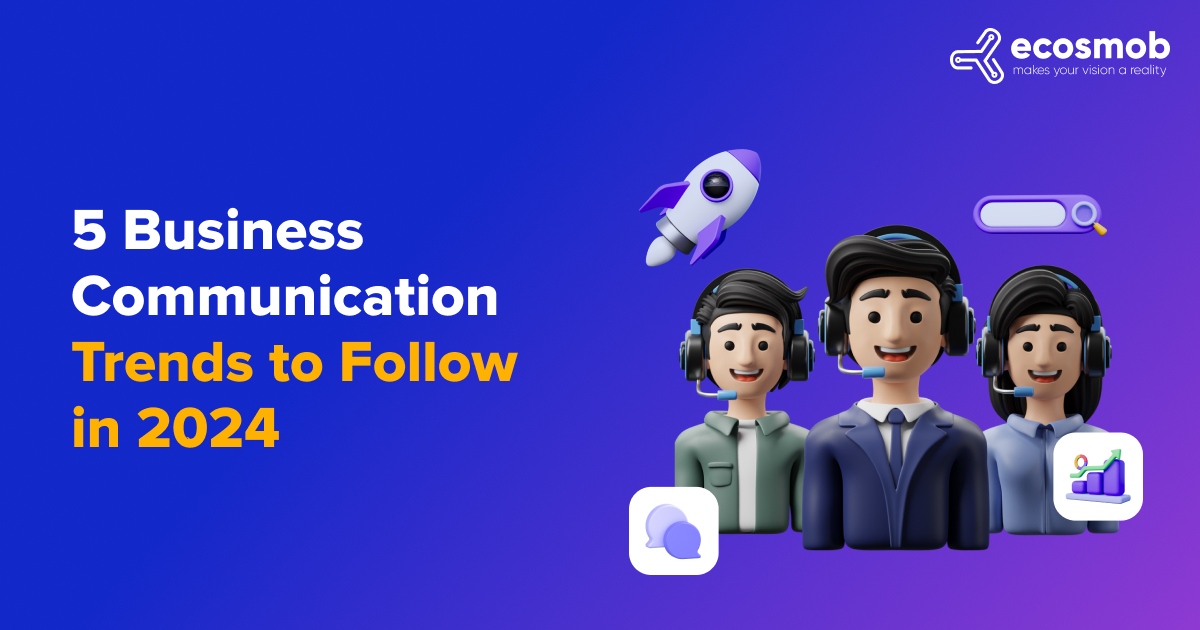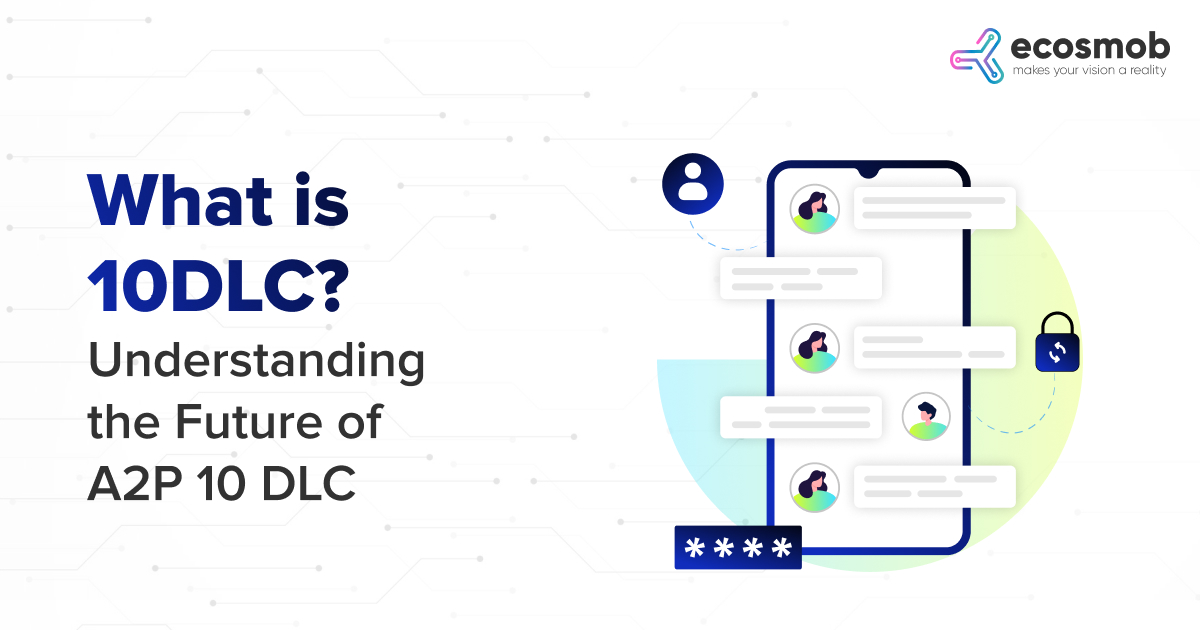Any student of physics will tell you that a lecture on projectile motion would be incomplete – even a little incomprehensible – without a model or diagram to explain the concept. When education went online during the pandemic, teachers worried about circumventing such tutoring challenges.
Virtual classroom solutions helped educators overcome such roadblocks with panache. These e-learning solutions have emerged as a digital replica of traditional classrooms or training rooms, where instructors teach and students learn in real-time, but via internet-enabled technology. And the classroom staple – the whiteboard – remains an integral part of the teaching paraphernalia. Brainstorming, Q&As, and discussions also happen in real-time, as virtual classroom solutions leverage the power of personal interaction to make e-learning effective.
Riding the digitization wave, modern classrooms have come a long way from the traditional brick-and-mortar methods of imparting education. They offer increased flexibility and help deliver instructions to a geographically dispersed audience in one go. These platforms are also scalable and can accommodate a large number of learners.
Online classroom solutions work in the same way for businesses as well. Enterprises can train employees, vendors, partners, and customers in real-time using virtual solutions that could either be standalone applications or integrated with their website, enterprise resource planning (ERP) software, or learning management systems (LMS). Stakeholders can even attend training while they’re on the move – accessing e-learning material or attending live sessions from their smartphones or laptops.
In this blog, we will look under the hood to understand why virtual classrooms are gaining traction, the benefits they bring to businesses and educators, and the must-have features of a powerful digital classroom solution.
What is a Virtual Classroom?
Virtual classrooms are video collaboration platforms that come with unique features for online teaching. This video conferencing tool allows instructors to connect with students face-to-face, enabling them to collaborate using the solution’s rich media options.
Virtual classroom solutions can be deployed for any form of learning that requires an instructor to engage with students in real-time. There are different types of virtual classroom solutions available for different teaching scenarios – be it online tutoring, distance learning, or initiatives for employee training. Though the fundamentals of each solution are similar, each requires specific tools to cater to its target audience.
Like brick-and-mortar classrooms, these online learning spaces ensure a real-time connection between instructors and learning. But while physical classrooms come with a definite capacity for learners, online platforms are scalable, thus enhancing participation rates.
Virtual classroom sessions can be synchronous or asynchronous. Synchronous learning happens when the instructors and learners are all logged in at the same time, while asynchronous learning is when learners log in at their preferred times and access pre-recorded learning modules like presentations, videos, and lecture slides.
E-learning solutions like virtual classrooms have created a new standard in learning that cuts above traditional learning methods.
Why Virtual Classrooms are Gaining Traction
In today’s fast-paced digital world, virtual classrooms are becoming a commonly used learning space, as they allow employees to pursue a course or a training program while working on a job or undertaking other activities
The global online education market is expected to reach US$ 350 billion by 2025. The survey also reports that 85% of students prefer virtual classroom setups to traditional brick-and-mortar learning.
This spurt in growth did not happen overnight. The education sector was experiencing a surge in technology adoption before the pandemic hit, with global investments in the Ed-tech sector reaching US$18.66 billion in 2019. Post the pandemic, there has been a significant spike in virtual classroom solutions such as language apps, virtual classrooms, video conferencing tools, and online learning software. The rolling out of these diverse ed-tech apps added new zing to the virtual learning ecosystem.
Training programs and learning modules are becoming integral to the global corporate sector as well, as rapid growth in technology requires employees to stay on course with new developments. Virtual classrooms present a right-fit solution for high-impact learning and distance education programs.
Must Have Features of Virtual Classroom Solutions
Virtual classrooms must have some essential features to facilitate seamless collaboration between the instructor and participants. What are these features that enable quality engagement? Let’s find out.
High-quality voice and video:
VoIP has become a popular choice for organizations opting for virtual classroom solutions, as it ensures superior quality audio and video even in low bandwidth locations. When selecting an online classroom solution, it is important to conduct sound and video tests across various locations. This will let you know what your users will experience in real life. Also, HD voice and video provide good fidelity and resolution. Therefore, it is advisable to opt for a solution that uses the latest open-based-standard technologies such as H.264 video coding.
Reliability and performance:
An ideal virtual classroom solution should be able to keep both live and recorded sessions up and available to users. It should also be able to detect network anomalies before they affect user experiences. Organizations and educators often overlook the importance and performance of recorded sessions when choosing a virtual classroom solution. That’s not a good idea, as low-quality recordings do not appeal to audiences. Also, learners should be able to take quizzes and tests as part of the recorded sessions in case they missed their classes.
Advanced security:
Unauthorized access to class sessions and learning content can pose a huge risk to organizations and educational content creators. Since the sensitivity level of such content is high the solution must come with high levels of security. Class administrators must be able to restrict classroom attendance to specific authorized users. This will help keep hackers, uninvited participants, and unauthorized users at bay. Instructors must also be able to remove unwanted users at any time. After a class closes, they should have complete information on who was logged in, when, and for how long.
Digital whiteboards:
Digital whiteboards facilitate content display, markings, and explanations. They are a very effective way for students to present projects to their peers or for instructors to explain complex concepts. Digital whiteboards work best on touch screen devices.
Real-time instant messaging:
A high-quality virtual classroom solution should come with messaging features so that learners can communicate with their peers and instructors without always having to get onto a voice or video call.
File sharing on the fly:
Virtual classroom systems should enable two-way file sharing. This allows seamless collaboration and enables the sharing of assignments, projects, and reports. Also, with a file-sharing facility, learners can send their files without using third-party solutions. Your solution should be able to send files of all types – be it photos, audio and video files, or documents.
Third-party and LMS integration:
Some virtual classroom solutions need to be boosted with additional features. Seamless third-party integrations allow instructors to leverage new tools and expand on the facilities provided by the virtual classroom solution. Also, most educational institutions and enterprises use some learning management system (LMS). Your teaching sessions will gain extra mileage if your virtual classrooms support standards like LTI to seamlessly integrate into these LMS. It will make onboarding of your organization quick and easy as they can access the classrooms directly through the LMS.
Repository of recorded sessions:
A good-fit virtual classroom solution must have a centralized repository where learners can access recorded sessions of past lessons. Having a solution that facilitates the sharing and reuse of old sessions is critical for the success of an organization’s training programs.
Vendor support:
A support safety net is important to run your virtual classrooms and training operations smoothly. Survey your employees and find out how much tech assistance they need. Opt for a solution that aligns with your team’s talents and tech expertise.
Easy compatibility with social platforms:
Virtual classrooms are not just about enabling online learning. They should also integrate with social networks so that your learning programs – whether live or recorded – can become accessible to a wider audience, and users can comment on sessions, tag them, rate them, and share them with others. An additional gamification feature will also help boost user engagement.
Mobile support:
Since your users are flexible and always on the move, so should your virtual classroom solution. It should be accessible on smartphones, enable easy interaction and participation, especially for VoIP, and should provide seamless access to recorded sessions.
Scalable:
Ensure that the virtual classroom solution you opt for is highly scalable and allows for upgrades in an easy and transparent manner. It should also be interoperable with your existing IT and communication systems. Also, a powerful classroom solution should work even over low bandwidths and come with technologies that enhance scalability in a network that is not fully multicast enabled.
BYOD-friendly:
If your solution is Bring Your Own Device friendly, then users can join and host classes from a device of their choice – be it PCs, smartphones, or tablets. The solution should also allow for the integration of multiple devices in a session.
Cloud recording and storage:
Recording classes is the best way to reinforce learning. And cloud recording options are becoming most viable as they can be made immediately available to the learner. Also, most educational setups and organizations want to distribute their learning content to various instructors and facilitators. Cloud storage provides a centralized way to store and distribute content easily and can be accessed by other facilitators directly in the classroom.
Benefits: Why Organizations Should Opt for Virtual Classrooms
Virtual classrooms are the latest trend in education and training and are transforming the learning ecosystem. It’s building perfect platforms for users and trainers to meet, learn, share information, and clear doubts. Adding a virtual classroom solution to learning programs is helping organizations build efficient teaching processes. What are the benefits of deploying this teaching solution:
Cost-effective:
For learners, virtual classrooms cost far less than physical ones, as they don’t have to invest in travel and accommodation. They also offer a flexible way to provide virtual instructor-led training (VILT) for real-world environments.
Global reach:
You might want to teach local students or reach a global audience, virtual classrooms are the best way to do it.
Multimedia support:
Virtual platforms can host much more than just text and images. Video files, audio recordings, interactive simulations, and even educational games add depth to your content.
Better feedback mechanisms:
Since all content is recorded, learners have instant access to reviews. Also, organizations can analyze the performance of their learners to understand where they excelled, lost points, and get feedback. Also, learners don’t have to wait to test results – they pop up in their inbox immediately.
Data, and more data:
Virtual classrooms provide in-depth data to measure the effectiveness of your sessions – be it attendance reports, details of when a learner joins, leaves, and the duration of their time in class, to chat logs and class discussions.
Increased engagement:
Virtual classrooms are an ideal space for open discussions and active learning. Features like digital whiteboards, breakout rooms, screen sharing, file annotations, video playback, and quizzes help learners stay active and invested in their classes.
To Sum Up: Virtual Classrooms are the Future of Online Learning
We’re living in a world of distance learning. It’s gaining speed and traction because of the current global health crisis and the changing demands in education. Technology is also driving this change as new models of developing and delivering nuanced and personalized content are being built.
Virtual classrooms are the new tools on the block that are enabling borderless learning in a world where education isn’t restricted to brick-and-mortar buildings anymore. The virtual classroom is emerging as a transformative tool for digitized education and its popularity is only set to soar.
If you want to know more about Ecosmob Technologies’ Virtual Conferencing Solution, visit our website.






